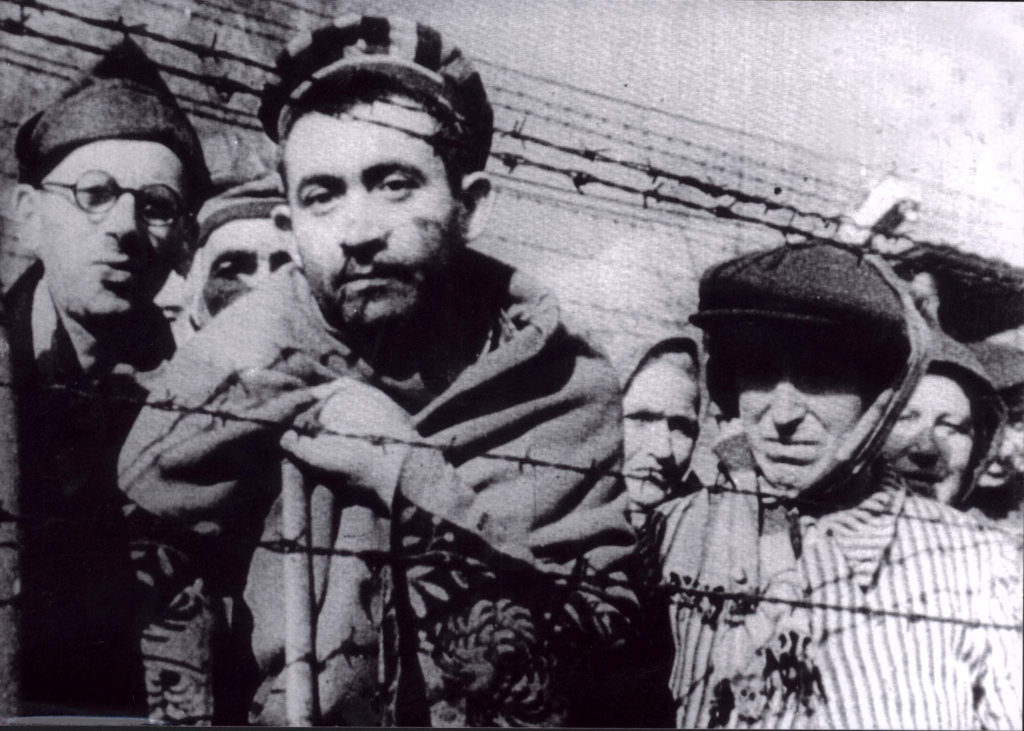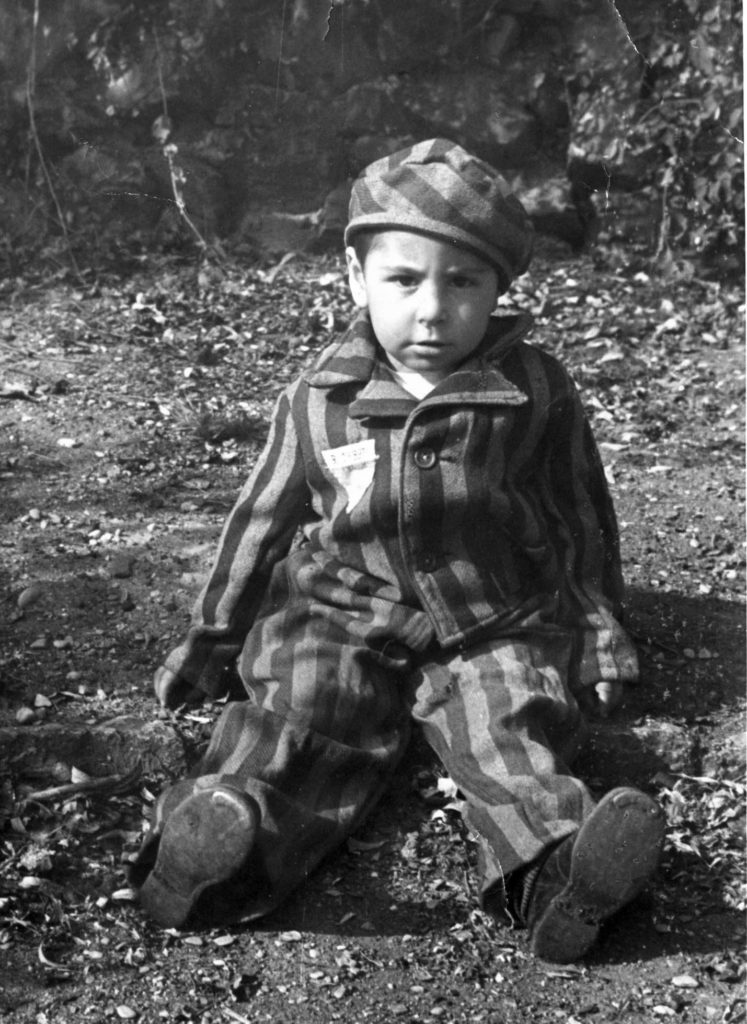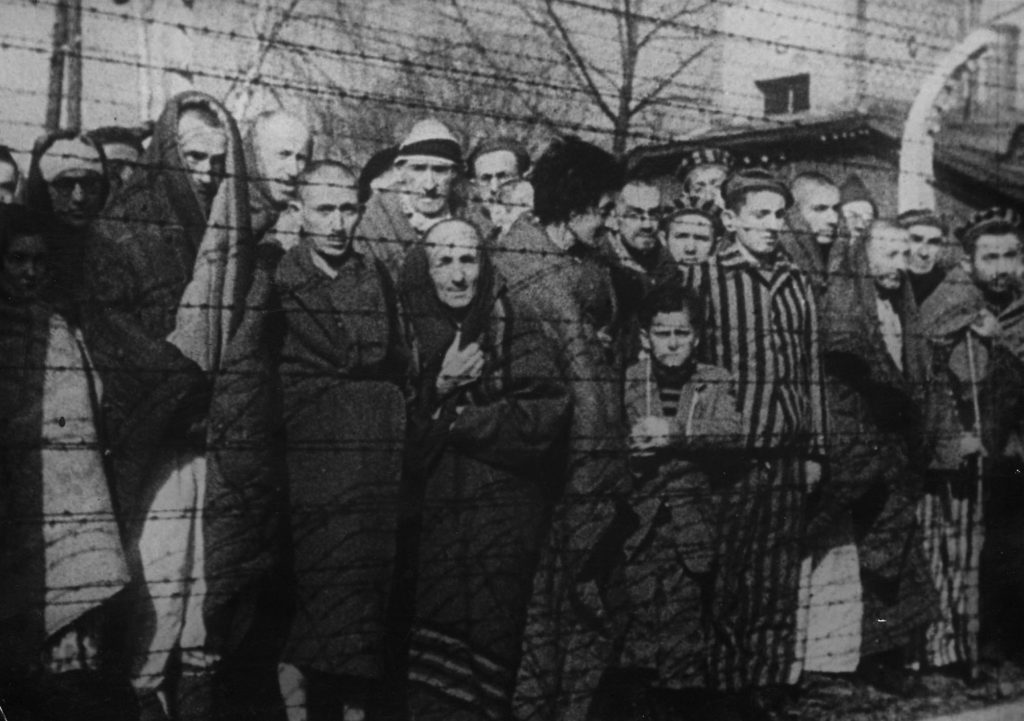TEL AVIV, Israel (CNS) — Krystyna Linden does not remember much about the first five years of her life, which she spent in a tiny village outside of Warsaw as the daughter of Michalina Janiszewska.
She was born to Rozalia (Rutka) Labenska Lindenbaum and Leon (Lutek) Lindenbaum just months before the Nazis began liquidating the Warsaw Ghetto in January 1943. Her parents were able to smuggle her out of the ghetto in a wicker basket full of newspapers with the help of a close Polish-Catholic friend, Mary Gasinska, who took the baby to Janiszewska, who had no children of her own.
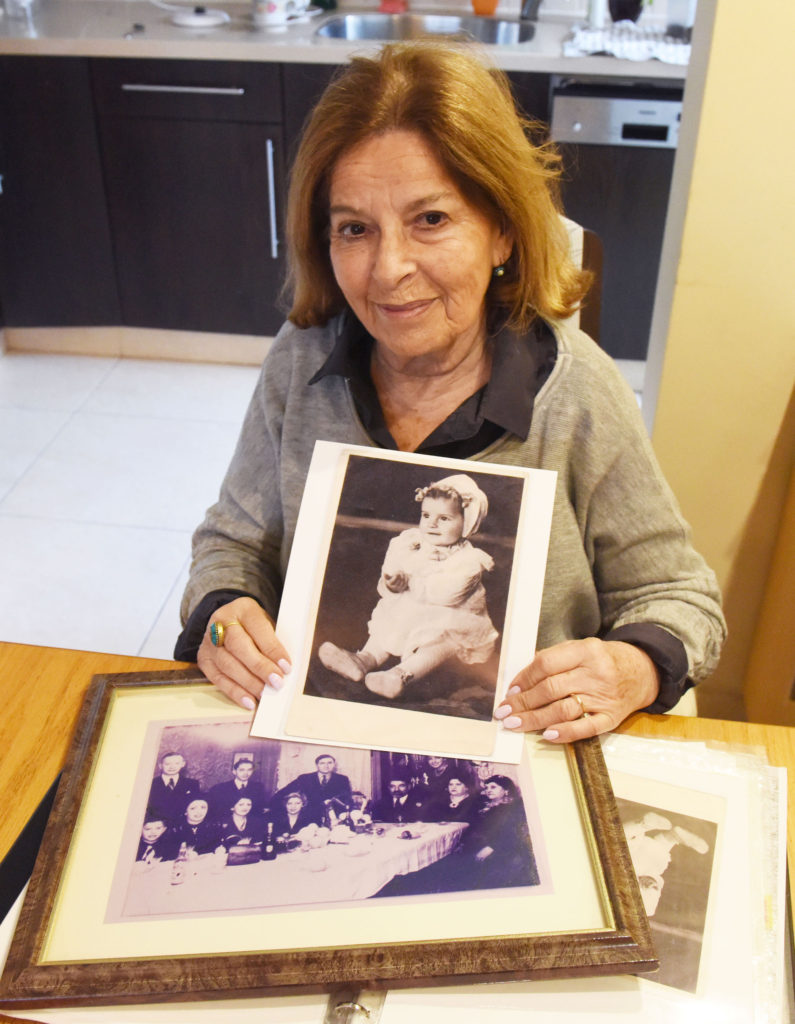
As the world prepared to mark the 75th anniversary of the liberation of the Auschwitz concentration camp Jan. 27 and Israel prepared for the convergence of world leaders in Jerusalem for the Fifth World Holocaust Forum Jan. 23, Linden looked over the precious few photos she has of her family before the outbreak of World War II and the photos of her as a child, during the time she lived with Janiszewska. In one, she was wearing a baptismal gown.
There is a glimpse of the broad-faced, short-haired, blond Janiszewska peeking from behind a wooden door in one of the photos.
“I don’t remember anything of my time there,” said Linden, sitting in the kitchen of her Tel Aviv apartment Jan. 19. “But to this day, I still love churches.”
She still peppers her Hebrew speech daily with Polish Catholic expressions, and the only prayer — Jewish or Catholic — she remembers by heart is the good-night prayer apparently taught to her by Janiszewska, who, according to some stories Linden was told, was busy making moonshine vodka and selling it to the Nazis when she wasn’t taking her young charge to church.
During the Holocaust, hundreds of thousands of Jews were saved by individual Catholics, including clergy and institutions as well as individual Catholics who risked their lives to rescue Jewish friends, neighbors, children and strangers. One Israeli historian, Pinchas Lapide, put the number of Jews saved from the Nazis by Catholics at 800,000.
With most of the survivors of the Holocaust aging or dying, recording the testimony of those still remaining becomes ever more urgent, said Linden, especially with the incidents of Holocaust denial, anti-Semitism and racism increasing worldwide.
“It is shocking that in the year 2020, things like this still exist,” said Linden. “Apparently people have not learned the lesson (from the past.)”
Though Linden told her two daughters that she was a child survivor of the Holocaust, she did not begin telling them the details until they were adults, she said. Now she tells her story to her three grandchildren and has presented her testimony to the U.S. Holocaust Memorial Museum. Recently, she took part in a Holocaust survivor photographic project to tell her story. When she gives an interview, she emphasizes the importance of mentioning her parents’ names.
“There are no other records of them,” she said.
Heavily pregnant with Linden Sept. 6, 1942, Rozalia Lindenbaum escaped being sent to Auschwitz during a massive Nazi deportation action in the Warsaw Ghetto, where Jewish residents of the city had been forced to live. Lindenbaum stood between her husband’s sister, Renia Landau, and husband, Michal Landau, who successfully hid her stomach with their coats. They all had “life numbers” for a German workshop where they worked, saving them from the transport, and when Linden was born a few days later, they bribed the German guards to allow her mother to keep her. Within a few weeks Lindenbaum smuggled her newborn out of the ghetto to save her life. She asked that her daughter be called Krystyna, believing she would be safe with such a Christian name.
Linden’s parents and aunt and uncle were able to escape the ghetto a few months after the mass liquidation began. For a time, her aunt and parents were hidden by a Polish man in Warsaw, but when it got too dangerous for him, he took them to an open field outside the city. Linden’s aunt left to join her husband, who was in another hiding place, but her parents were discovered by a Polish couple, who took them to the Gestapo headquarters, where they were executed.
The Landaus eventually were captured and sent to the Bergen-Belsen concentration camp, but survived the war. Most of what Linden knows about her childhood was told to her by her aunt.
Her paternal grandparents and two paternal aunts, and all of her maternal aunts and uncles — except one who had left for Brazil before the outbreak of the war — were murdered in Auschwitz, she said.
Another of Linden’s paternal aunts, Sara Lindenbaum — whose friend had carried Linden out of the ghetto — and her husband, Bernard Kuniegis, survived the war under false identities. Immediately after the war they retrieved Krystyna from Janiszewska. Their own son, who had been hidden elsewhere, did not survive the war, and they adopted Linden as their own daughter, but they never spoke to her about the war years. She only discovered she was adopted when she was 15 years old and was rummaging through some family papers.
For several years after Linden went to live with her aunt and uncle, Janiszewska would come to visit them and bring a Christmas tree and treats for her on Christmas, recalled Linden.
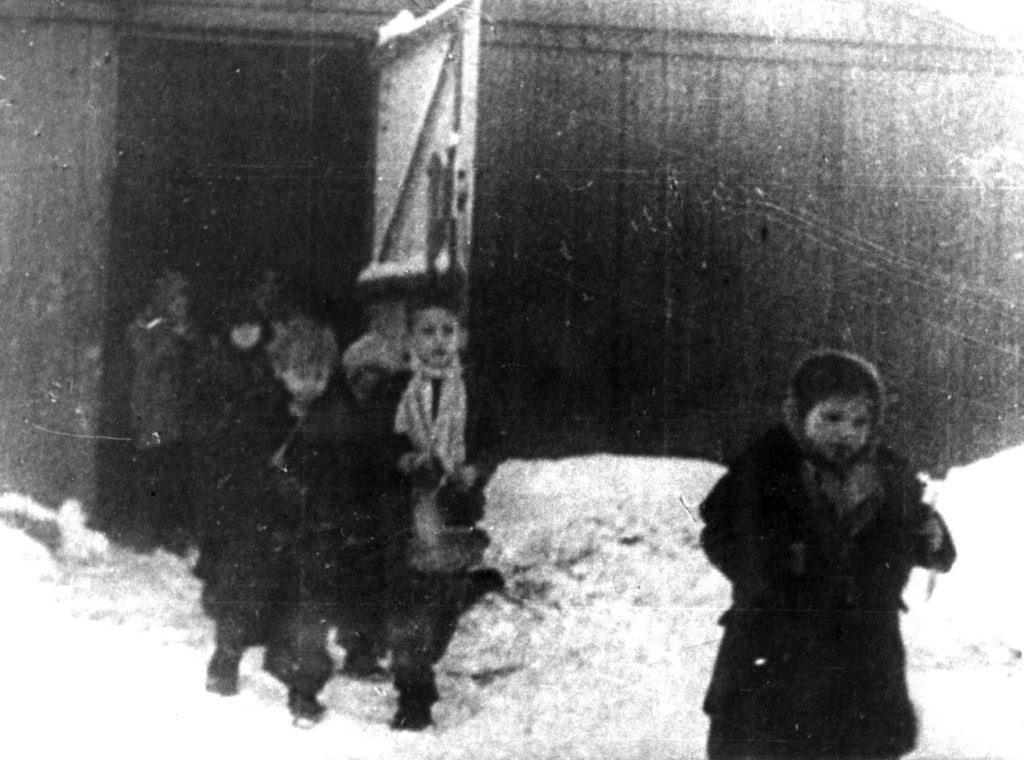
Auschwitz was liberated by the Russian Army Jan. 27, 1945, but, days before, most of the 60,0000 prisoners had been forced out on death marches in freezing winter conditions by the Nazi guards. Only some 7,000 mostly sick and dying survivors remained in the camp when it was liberated.
Historians estimate that the Nazis sent at least 1.3 million people to Auschwitz between 1940-45, and it is believed that some 1.1 million of those perished there. Historians estimate the Nazis systematically killed 6 million Jews and between 90,000 and 1.5 million Roma.
— By Judith Sudilovsky, Catholic News Service.



